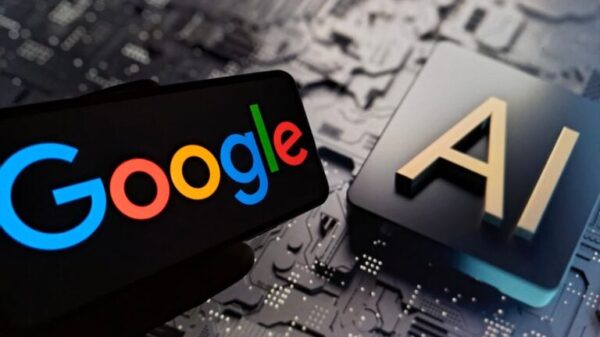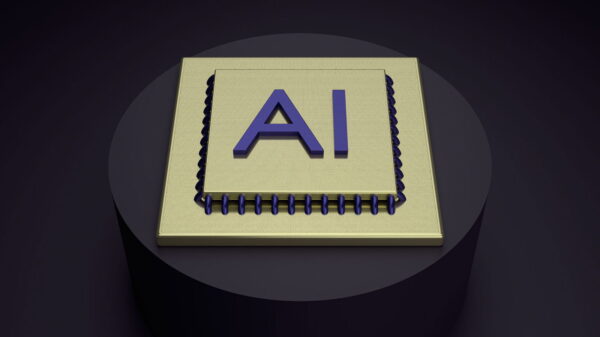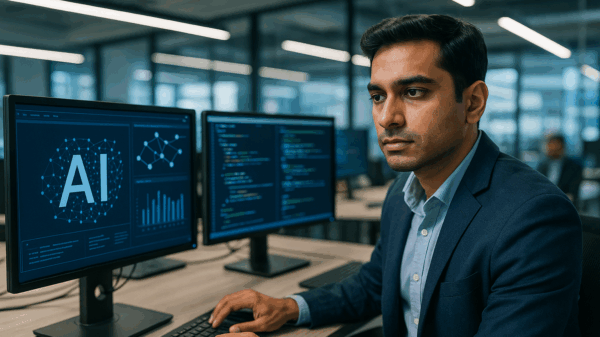As artificial intelligence continues to evolve, its potential to solve real-world problems becomes increasingly evident. A recent conversation with AI expert Subaiya illustrates how AI can facilitate innovative problem-solving in everyday situations. Subaiya shared a personal experience that highlights the unique capabilities of AI in a practical context.
Facing the challenge of removing a large amount of water from a concrete pool—a task typically taking an entire day—Subaiya decided to consult an AI engine for a more efficient solution. The AI suggested installing a permanent pump, and through an interactive dialogue, it requested pertinent details such as the pool’s depth. This exchange led to a deeper analysis of various pump types, where suction power became a crucial factor. Subaiya recalled, “At some point, the suction power came into play. I hadn’t even thought about it, but suddenly it wasn’t just how far the water had to be transported, but what suction power I needed to achieve this.”
The AI went further by suggesting modifications to the piping system to enhance suction capacity. However, this change would increase the flow rate, prompting the AI to recommend adding a tap at the other end to regulate it. This collaborative approach felt like having multiple engineers working alongside Subaiya, culminating in a comprehensive solution. The AI even issued a cautionary note: “Be careful, the pump could implode due to too much suction.” This warning led to the consideration of a pressure relief valve. While the AI could not recommend a specific product, it provided a blueprint, which Subaiya successfully printed using a 3D printer. The AI then reviewed the design, simulating a team of engineers brainstorming over the project.
The Personalization of AI Technology
Beyond practical problem-solving, Subaiya’s experiences have profoundly shaped his vision of AI’s role in everyday life. As a father of two daughters aged eight and ten, he encountered challenges with home automation. His fully voice-controlled home, managed through Amazon’s Alexa, required precise commands, leaving his children frustrated. They had to specify exact phrases like “Turn on all the fans” or “Turn on the fan in the living room.” This limitation sparked the idea of developing a personalized AI agent tailored to his daughters’ speech patterns.
See also AI Market Surges 527% to $294B Amidst 95% Project Failure Rate, Experts Warn of Bubble
AI Market Surges 527% to $294B Amidst 95% Project Failure Rate, Experts Warn of BubbleTransfering this personal experience into a professional context, Subaiya is now focused on creating micro-agents—customizable AI assistants that adapt to individual users. He states, “I have transferred this personal insight—that technology must adapt to the user—to the company.” This shift in approach emphasizes a fundamental change in how AI interacts with its users, aiming for a seamless blend of technology and daily life.
Subaiya’s vision aligns with a broader trend in AI development, where personalization and adaptability are becoming essential features. As AI technologies advance, the ability for these systems to recognize and respond to individual user preferences can significantly enhance user experience. By aiming to create AI agents that learn from users, this initiative could pave the way for more intuitive and user-friendly technology in various sectors, from home automation to customer service.
In summary, Subaiya’s journey from a practical problem-solving scenario to championing personalized AI solutions reflects a growing understanding of AI’s potential to fit within our lives. By leveraging AI’s analytical capabilities, we can address everyday challenges more effectively and enhance user interaction, ultimately transforming our relationship with technology.
This narrative not only underscores the practical applications of AI but also highlights the importance of user-centered design in technology development. As AI continues to integrate into our personal and professional lives, stories like Subaiya’s serve as powerful reminders of the possibilities that lie ahead.







































































